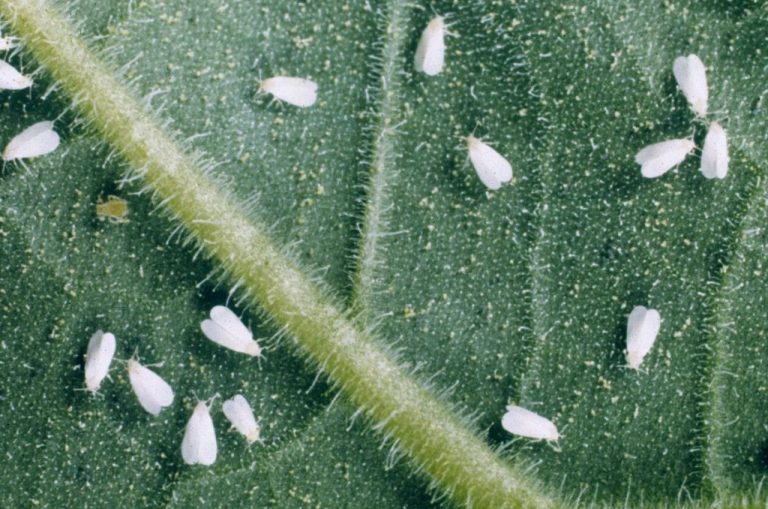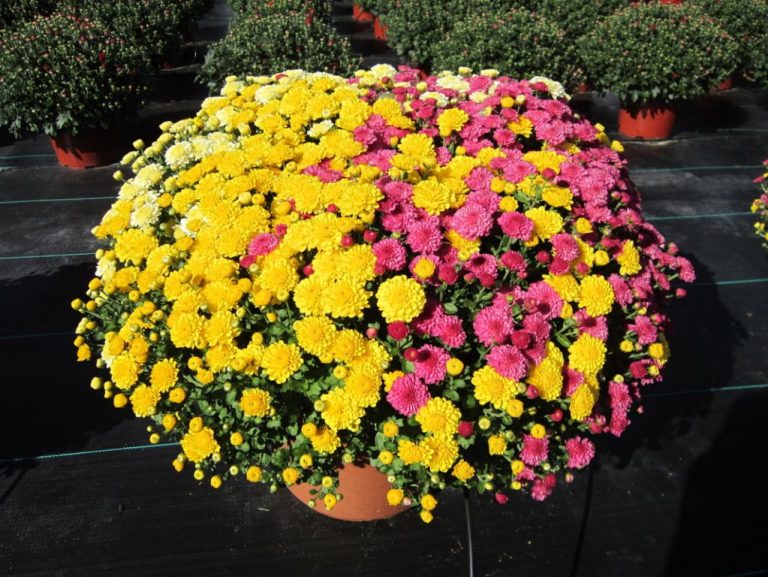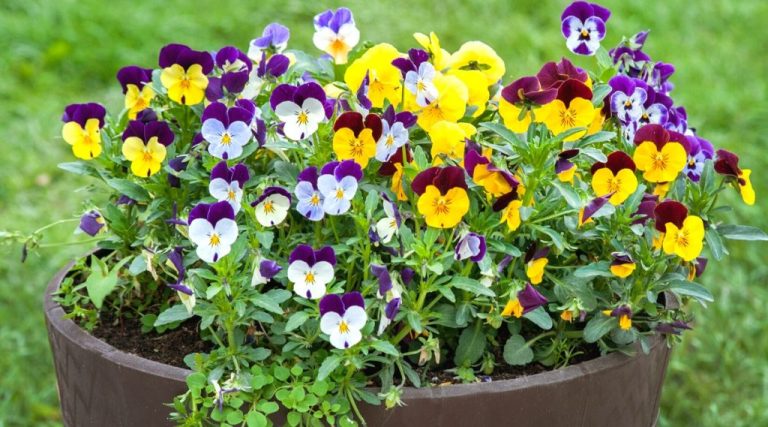Fall Garden Design Ideas: Creating A Cozy Outdoor Retreat
Welcome to Your Cozy Fall Retreat
As the days grow shorter and cooler weather sets in, it’s time to transform your outdoor space into a cozy fall retreat. The autumn garden presents unique opportunities to create stunning displays of fall foliage, add seasonal edibles, and make preparations for winter. With some thoughtful planning and design, you can extend your enjoyment of the outdoors well past summer.
In this guide, we’ll explore inspiring and practical ideas to help you create a gorgeous, inviting garden that celebrates the beauty of autumn. From adding pops of fall color to planning for winter interest, we’ll cover key considerations and useful tips to guide your fall garden planning. With this advice, you’ll be ready to craft a space that’s both productive and rejuvenating during the autumn months.
Create a Cozy Seating Area
A cozy seating area is key for enjoying your fall garden. Consider adding a fire pit or chiminea to provide warmth on cool evenings. Cushioned outdoor furniture, like wicker sofas or chairs, invites lounging with a fuzzy throw blanket. Add mood lighting with lanterns, string lights, or pathway lighting to extend time outdoors after sunset. This article has creative ideas for an inviting outdoor living space.
Position seating around a fire pit or chiminea to promote conversation and connection. Choose durable, weather-resistant furniture that can be left outside year-round. Set the scene with squashy pillows and soft blankets in rich autumnal tones. Illuminate the space with strands of twinkle lights or rustic lanterns. Reference this guide for cozy fall patio setups.
Add Autumn Colors
Adding plants with bright fall foliage is an excellent way to create a cozy fall garden retreat. Popular options include:
Chrysanthemums come in a wide range of fall colors like yellow, orange, red and rust. They bloom in the fall and add cheer to the autumn garden.
Plant maples like October Glory or Red Maple to get brilliant red and orange fall foliage. Maples are deciduous trees that put on a spectacular color display in autumn.

Dahlias are a classic fall flower available in red, pink, orange, yellow and more. They continue flowering well into fall with their colorful pom pom shaped blooms.
Add shrubs like oakleaf hydrangea for eye-catching fall foliage in crimson and burgundy hues. The leaves turn bright colors before falling in autumn.
With the right mix of plants, your fall retreat can showcase the season’s best colors for a warm and inviting look and feel.
Include Edible Plants
As temperatures cool in fall, this is an ideal time to plant cold-tolerant herbs, fruits, and vegetables that can be harvested through late fall and early winter. Some great edible plants to incorporate into your fall garden include:
Herbs like parsley, sage, thyme, oregano, and chives will continue growing well into fall with some protection from frost. These herbs bring fresh flavor while also providing aesthetic appeal to the garden. Parsley and chives in particular can handle colder temperatures.
For fruits, strawberries, raspberries, and blueberries produce bountiful late-season harvests. Fertilize existing berry bushes in early fall and plant new berry bushes now for a harvest next year. Certain apple, fig, and pear trees also thrive when planted in fall.
Finally, many popular vegetables flourish when planted in late summer or early fall, including carrots, spinach, lettuce, radishes, Brussels sprouts, beets, turnips, mustard greens, potatoes, and more. Time plantings so that crops mature before the first frost but have time to size up in cool conditions. Protect plants with cloches or cold frames to extend the fall harvest as long as possible.
With some thoughtful planning, the autumn garden can provide a satisfying yield of fresh herbs, fruits, and vegetables to enjoy.
Use Seasonal Decor
Nothing ushers in fall quite like corn stalks, gourds, and hay bales. These classic seasonal decorations are versatile and can transform your outdoor space into an autumn wonderland.
Corn stalk bundles make dramatic natural statement pieces. Place a few tall stalk bundles in large pots flanking your front door or along a garden path. For a more casual look, lean stalks against railings and walls or scatter them across your steps and patio. Their golden hue and rustling texture evoke the spirit of the season. According to Southern Living, stacking hay bales on either side of your front door is an easy way to create a festive fall display.
Decorate with a variety of sizes and shapes of gourds in natural earth tones. Groupings of gourds in baskets or pots add pops of color and interesting shapes. Hollowed-out large gourds can hold flowers, candles, or serve as striking lanterns along a garden path as night falls. Mini gourds lining stair railings or scattered on tables provide an organic texture. Include gourds with stems attached and weave them into wreaths and garlands for porch and wall décor.
Incorporate hay bales into seating areas as rustic side tables and ottomans. Piled near steps and pathways, they define seasonal spaces for gatherings. Use miniature bales for table centerpieces and displays. For a whimsical touch, paint or stencil designs on bales using fall motifs and phrases.
Provide Shelter from Weather
Cool autumn rains and gusty winds can quickly damage delicate plants and flowers. Providing shelter will help protect your garden during the fall season. Use gardening fabrics or mulch to insulate soil and shield tender vegetation against wet and cold weather. A 2-4 inch layer of mulch such as straw, pine needles, or wood chips will lock in warmth while keeping heavy rains from pounding plants. You can also construct simple structures like mini hoop tunnels over sensitive crops.
For more permanent shelter from precipitation and wind, incorporate trees, shrubs, trellises with vines, and hardscaping features around the garden. Deciduous trees will provide cover during autumn, while allowing sunlight to still reach plants after leaves fall. Evergreens planted on the windward side can act as a living screen to diffuse gusts. An inviting gazebo offers space to sit and view the landscape during light autumn showers. Position trellises planted with climbing vines like grapes along house walls or fences to deflect wind and weather. With the right mix of natural and structural shelters, you can create a soothing retreat protected from harsh elements.
Consider Hardscaping
Hardscaping refers to hard landscape elements like paths, fences, arches, trellises, and more. Incorporating hardscaping into your fall garden design can add visual interest and serve practical functions.
For example, adding a stone path lined with mums provides a route for navigating your autumn garden and adds pops of color [1]. An arch covered in vines creates a focal point and provides a backdrop for arranging pumpkins and gourds. Trellises allow climbing plants like grapes or kiwi to thrive while adding vertical height [1].
Consider adding a picket fence along the garden’s perimeter to establish boundaries. This also presents an opportunity to display wreaths, garlands and other autumn decor. For an intimate feel, incorporate curved paths and circular seating areas surrounded by shrubs and trees.
Highlight Texture
Texture adds interest and dimension to the fall garden. Consider using plants with varied foliage like ornamental grasses, shrubs or perennials with unique leaf shapes, and plants with showy seed heads.
Ornamental grasses like maiden grass (Miscanthus sinensis) and switch grass (Panicum virgatum) provide feathery, wispy texture contrasting with broad hosta leaves and ruffled cabbage. Tall grasses make excellent screens or backdrops for smaller plants. Their seed heads persist into winter, providing continued texture. Try pairing purple fountain grass (Pennisetum) with the large leaves and bright fall color of oakleaf hydrangea.
Shrubs like ninebark (Physocarpus opulifolius) have striking peeling bark and cut-leaf varieties offer lacy foliage. Combining ninebark with asters and mums provides varied textures. The unique seed heads of hydrangeas like ‘Limelight’ and ‘Quick Fire’ add another layer of interest. Pair them with the bold leaves and late bloom of sedum ‘Autumn Joy’ for contrast.
Let some perennials and their seed heads stand through winter. The structural skeletons of coneflower, Joe Pye weed, and sea holly look beautiful with frost or light snow. Combining evergreen shrubs, ornamental grasses, seed heads, and late autumn blooms creates rich, layered texture perfect for cozy fall gardens.
Plan for Winter Interest
Adding elements to your fall garden design that provide visual interest during the winter months helps extend the enjoyment of your outdoor space. Structures like arbors, pergolas, and trellises maintain their form and function year-round. Evergreens such as holly, pine, fir, and spruce hold their foliage, providing color and texture when deciduous plants are dormant. Plants that bloom in late fall through early spring bring pops of color. Some good options include:
- Hellebores – early blooming perennials with nodding flowers in shades of white, pink, burgundy, and green (https://www.gardenia.net/guide/create-a-garden-with-great-winter-interest)
- Witch hazels – large shrubs with fragrant yellow, orange, or red flowers (https://www.gardenia.net/guide/create-a-garden-with-great-winter-interest)
- Winter daphne – compact shrub with intensely fragrant light purple blooms (https://www.gardenia.net/guide/create-a-garden-with-great-winter-interest)
Incorporating plants and structures that maintain visual appeal during winter will ensure your fall garden design offers interest all year long.
Conclusion
In summary, creating a cozy fall garden retreat starts with adding seating areas, autumnal colors, edible plants, seasonal decor, weather protection, hardscaping, and texture. Focus on plants that provide winter interest as well. By following the design ideas in this guide, you can transform your outdoor space into a relaxing refuge during the cooler fall months.
The main takeaways are to use pumpkins, gourds, dried cornstalks, and branches of cotoneaster or beautyberry for decoration according to https://www.gardendesign.com/autumn/tips.html. Also, incorporate mums, window boxes, native flowers, and edible crops like garlic, broccoli and spinach according to https://www.marthastewart.com/fall-garden-ideas-7969167.
To get started on your own fall garden, refer back to the design ideas in this guide. Identify areas to add seating, color, food plants, decorations, and shelter. Develop a plan incorporating the elements that appeal most to you. With a thoughtful approach, you can extend your enjoyment of the outdoors into the fall season.






